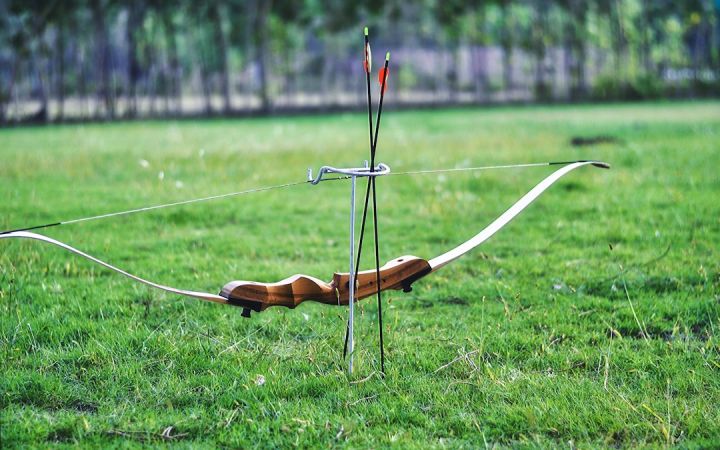What Are the Basics of Bow Hunting?

Bow hunting is a popular and ancient practice that requires skill, patience, and precision. From the moment you draw back your bowstring to the exhilarating release of the arrow, every step in bow hunting is crucial. Whether you are a beginner or an experienced hunter, understanding the basics is essential for a successful hunt. In this article, we will explore the fundamentals of bow hunting, including equipment, techniques, and safety precautions.
Choosing the Right Bow
Selecting the right bow is the first step towards becoming a skilled bow hunter. There are three main types of bows: recurve, compound, and longbow. Recurve bows are traditional and have a simple design, while compound bows are more technologically advanced and offer greater accuracy. Longbows are similar to recurve bows but have a longer length. The best bow for you will depend on your personal preferences and experience level.
Arrows and Broadheads
Equally important as the bow is the choice of arrows and broadheads. Arrows should be selected based on their length, weight, and material. Carbon arrows are durable and lightweight, making them a popular choice among bow hunters. Additionally, broadheads are the tips of the arrows and come in two main types: fixed-blade and mechanical. Fixed-blade broadheads have a more traditional design and are known for their durability, while mechanical broadheads have retractable blades for increased accuracy.
Mastering Proper Technique
To become a successful bow hunter, mastering proper technique is crucial. The first step is to establish a solid shooting stance. Stand with your feet shoulder-width apart and perpendicular to the target. Keep your back straight and your shoulders relaxed. Next, grip the bow with a relaxed hand, ensuring that your fingers are not gripping the bowstring. Draw the bowstring back smoothly, using your back muscles rather than your arm strength. Finally, aim using your dominant eye and release the arrow with a clean and steady motion.
Scouting and Tracking
Scouting and tracking are essential skills for bow hunters. Before heading out on a hunt, study the hunting area to understand the terrain, wildlife patterns, and potential hiding spots. Look for signs of animal activity such as tracks, droppings, and bedding areas. Pay attention to wind direction and noise levels to avoid alerting potential prey. Once you spot an animal, use your tracking skills to follow its movements and anticipate its path.
Safety Precautions
Bow hunting requires caution and adherence to safety precautions. Always check your equipment before heading out to ensure that it is in good working order. Practice shooting regularly to maintain your skills and accuracy. When hunting, wear proper attire that blends in with the environment and provides protection from the elements. Additionally, always be aware of your surroundings and never shoot without a clear line of sight. Finally, familiarize yourself with local hunting regulations and obtain any necessary permits or licenses.
Conclusion: Becoming a Skilled Bow Hunter
In conclusion, bow hunting is a challenging but rewarding pursuit. By choosing the right equipment, mastering proper technique, and practicing safety precautions, you can become a skilled bow hunter. Remember to always respect the wildlife and the environment, and enjoy the thrill of the hunt. With dedication and practice, you can experience the ancient art of bow hunting and become one with nature. Happy hunting!
